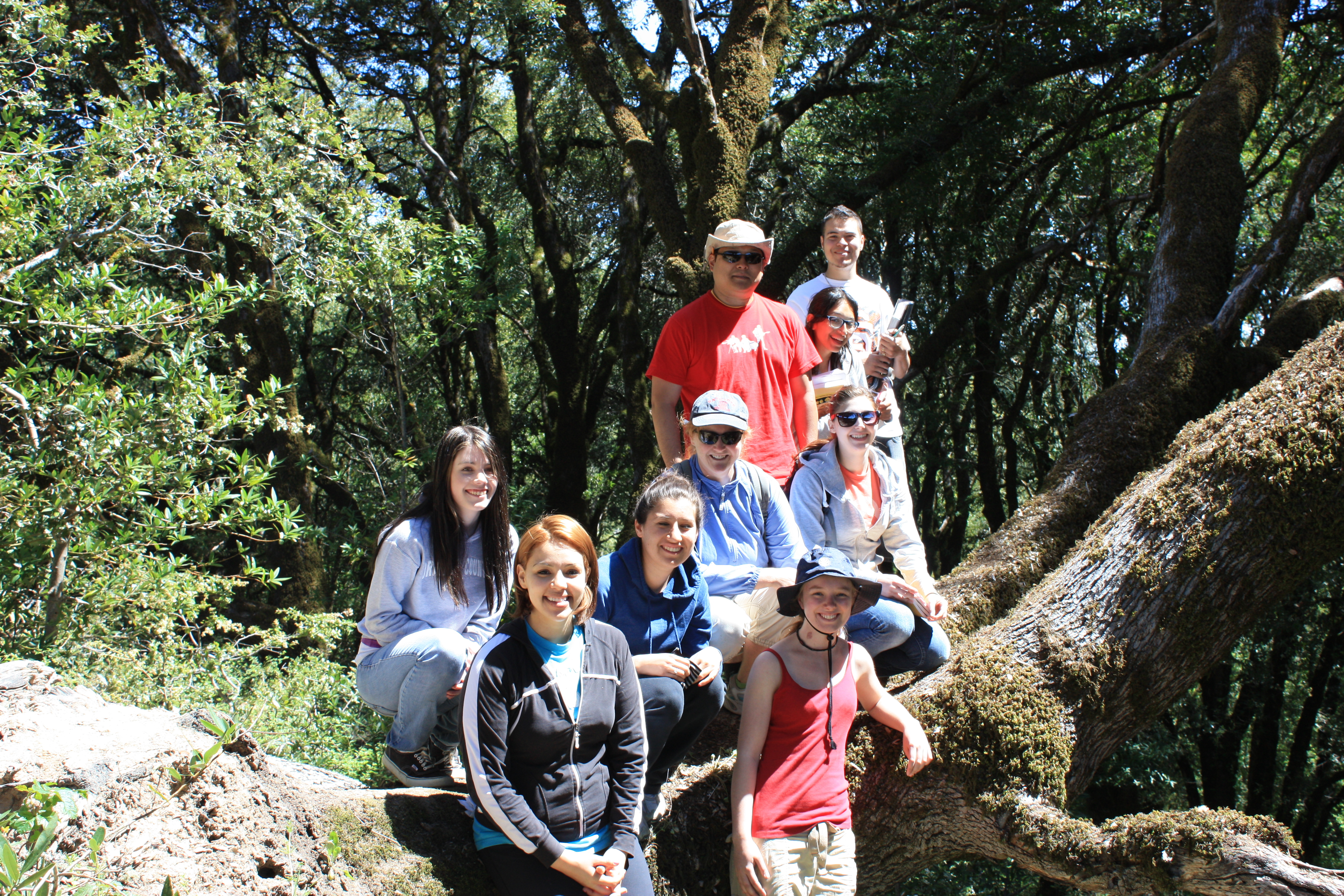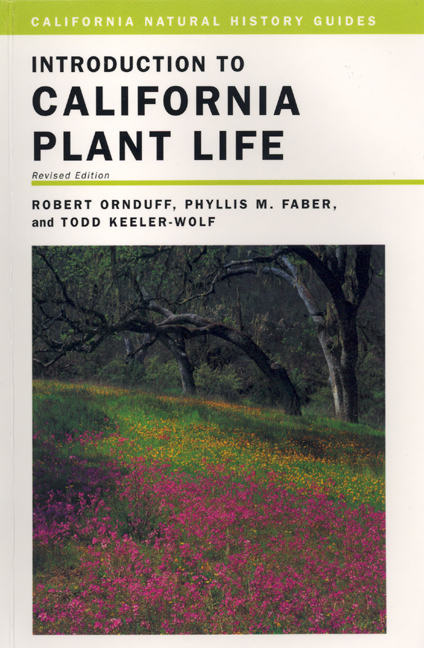

 |
 |
Native Plants and Wildflowers
This is a general education natural history class designed to
encourage students to become more interested and more
knowledgeable about the natural world around us. One of the
principle objectives that I have for this class is to teach the
students the skills (and the patience required) to identify plants
for themselves. I spent 4 years working as a resident
naturalist and guide in the Amazonian Rainforest. Initially the
biodiversity and complexity of the rainforest plants was
overwhelming. However, by spending a lot of time out in the
forest, and by repeatedly looking at the same unknown mysterious
plants, and with a little help from the native Quichua guides, I
began to recognize and be able to name some of the plants we
commonly saw. Once I had a few names it became easier to see the
similarities and differences in what had been an impenetrable wall
of greenness. Along with the names I learned their indigenous
uses, fibrous bark was used to build shelters, or to haul dugout
canoes, red sap used to treat cuts, leaves used to weave baskets,
black dye used as warpaint. The more I learned the more I wanted
to now. This is what I want you to be able to do at the end of the
class; not to know everything about the plants of California, but
to want to know more than you do.
| Campus Species
Inventory Fall 2013 |
|
|
|
| Google
Map of Field Locations |
| Copy of Lab 1 Campus
Naturewalk |
| Copy of Lab 2 Vegetative
Characteristics |
| Lab 3 Fieldtrip to
Sawyer Camp Trail |
| Copy of Lab 4 Floral
Structures |
| Copy of Lab 5 Classification and How to Use Keys |
| Copy of Lab 6 Fruit Lab |
| Lab
7 Fieldtrip to Palo Alto Baylands |
| Lab 8 Fieldtrip to Edgewood County Park - Oaks and Ethnobotany |
| Lab 9 Fieldtrip to El Corte de Madera Creek Open Space Preserve |
| Lab 10 Fieldtrip to Clarkia Trail - Edgewood County Park- Chaparral and Grassland Vegetation |
| Lab 11 Fieldtrip to
Hidden Canyon Park - City of Belmont Parks |
| Lab 12 Fieldtrip to Pulgas Ridge Open Space Preserve - Practice for Field Final |
| Lab 13 Fieldtrip
to El Corte de Madera Creek Open Space Preserve -
Chaparral |
| Lab 14 Fieldtrip to Pescadero
State Beach |
| Field Final
Instructions |
| Botany and Plant Biology Textbook Companion
Websites |
| These offer a wide range of
materials including animations, essays, flashcards, and
weblinks organized by chapter. The organization follows the
chapter layout in the different textbook editions. |
Introductory
Botany: Plants, People, and the Environment -
Linda Berg
|
| Plant Biology - Thomas L. Rost, Michael G. Barbour, C. Ralph Stocking, Terence M. Murphy |
| Biology of Plants
- Raven |
|
Botany:
An Introduction to Plant Biology, Fourth Edition
by James D. Mauseth.
|
| Introductory Plant Biology Stern |
| Plant Internet Resources |
| Bio
- Alive Animations on Plant Anatomy and Physiology |
| Introduction
to
the Plantae - UC Berkeley |
| Plants
and Civilization - UCLA Prof Arthur C. Gibson |
| Waynes Word -
Palomar College |
| Natural
Perspective: The Plant Kingdom |
| The
Food Museum |
| Know Plants.org
- A portal with links to a wide array of Plant Websites |
| Calflora.org |
| Jepson
Online Interchange- Searchable Database of California
Plants |
| Natural Resources Database |
| Botanical Society of
America Online Image Collection |
| Guide
to Reference and Information Sources in Plant Biology: Web
Resources Index |
| NatureServe
Explorer: An Online Encyclopedia of Life |
| Weeds
Gone Wild: ALien Plant Invaders of Natural Areas |
| California
Invasive
Plant Council |
| Calphotos
- Searchable Database of Plant Images |
| California Native Plant Society Inventory of Rare and Endangered Plants |
| Study Skills |
| Education
Corner - Study Skills Checklist |
| Mindtools.com
- examples of methods to memorize lists |